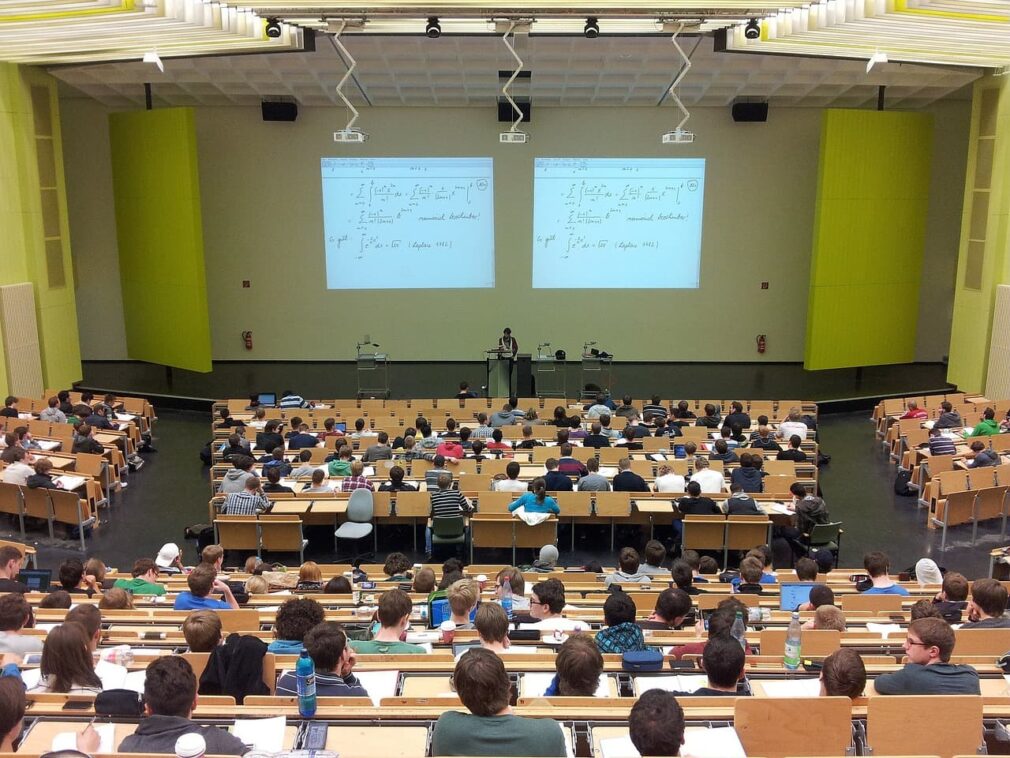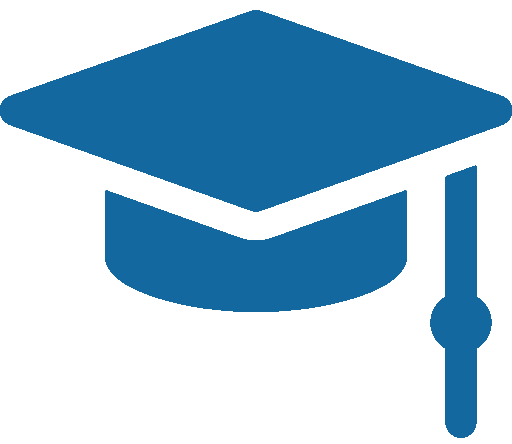American culture has now entered the collective imagination as a symbol of innovation and cutting-edge technology, including a school system that is among the first in terms of organization and efficiency: from the dress code established in some institutions to the beautiful yellow school bus that children wait for away from home to the prom, the perfect setting for many movies and TV series. Various extracurricular activities and a more pragmatic approach are, in fact, the main innovations that attract many European students to attend a school established in the United States. But let’s take a closer look at all the main characteristics that characterize it in order to understand each aspect well.
General principles that guide the system
First, we identify the general principles that unite the entire American school system, starting with the attitude of students who are not just listeners, but are constantly encouraged to interact, participate, speak up, and ask questions. A demonstration of this is the didactic criterion of learning, which excluded frontal lessons in order to overcome the classical academic method we know. This leads to more freedom of movement in the classroom and thus to autonomy and independence in favor of group work and individual research aimed at identifying aptitudes, specific inclinations and abilities.
In this direction, young people are preparing for professional life at the school stage, also because a large proportion find jobs during their studies and are allowed to enter or leave classes early for professional reasons. This autonomy is also seen in the relationship with teachers, who allocate them a tutoring space to receive and listen to students. The figure of the counselor also proves to be important, as he or she is a true guide for choosing extracurricular activities and courses, with the ability to support them even in case of difficulties, as well as to become a psychological support if necessary.
In the United States, the school experience is perceived as an exchange phase, precisely because it is seen as a community where most of the day is spent together with other initiatives and activities. A sense of belonging is gained by cheering for the school team, dressing in its colors and participating in parties and events. These activities also include sharing classrooms and laboratories that contain the right tools for any type of discipline: from computers to musical instruments, from gyms to swimming pools and sports fields, to spend time with others while practicing. The last principle is the free compulsory training, which offers each student the opportunity to visit the institute’s library to obtain texts and handouts for the academic year with the obligation to return them after the end of the course.
The entire course of study in America

Every American citizen can begin their education in kindergarten and end up with a doctorate, always providing K-12, which represents the span of time from elementary school to graduation.
Kindergarten: kindergarten or nursery
As a rule, kindergarten is not compulsory, as it is intended for children under five years old. In addition, it is difficult to find a place in public institutions in the United States, so private ones are much more functional, accepting children from two to six hours a day and also offering after-school services. During this period, teachers allow for reading and writing through alternative teaching methods.
Primary school
Primary school is chosen by place of residence, and to be admitted, one must be up to date with mandatory vaccinations and attend classes diligently. This first real cycle of schooling is referred to as the term classes and includes years one through five, covering the age group from six to seven to ten to eleven. Special workshops in art, music and gymnastics are held as early as elementary school, allowing them to acquire their first concrete skills.
Secondary school
This cycle of study lasts three years and differs from the European method of education in two main ways: the first is the possibility of enrolling in a Junior Boarding School, which is a private institute, very similar to a college, where you live together with other students. The first steps towards adulthood; the second factor concerns the possibility of choosing individualized curricula, “electives”, with a basic number of compulsory subjects and a reserve of free choice.
High school
After middle school, high school, also called high school, begins, where each student must combine compulsory subjects such as mother tongue, math, science and history with other chosen subjects that give a precise direction in each student’s studies. Additionally, those who already intend to attend university can take specially structured courses to be accepted into one of the available colleges.
University or professional courses of study: Bachelor’s degree

Universities are real colleges that are attended between the ages of 18 and about 23 and have the same division into years as high school, with the difference that a bachelor’s degree is obtained at the end of the course. In the US, there are public or private faculties, but the latter are particularly in demand because they are more prestigious, in addition to vocational training courses that guarantee good practical training with greater job search guarantees.
Specialization in postgraduate and doctoral studies: postgraduate and doctoral studies
For young people who want to continue their studies after high school, it is necessary to take the GRE, an exam that allows them to choose from various master’s programs, including arts and sciences, business administration, which are comparable to our masters dedicated to graduates of economics and commerce, medical school, law school for legal professions, and fine arts and education for teaching qualifications.
This is the final stage of study, as those who choose to pursue an academic career are already receiving a salary and have a unique opportunity to combine study with leisure. For example, to gamble, including at Lemon casino https://mojapamiatka.pl/lemon-casino/.








